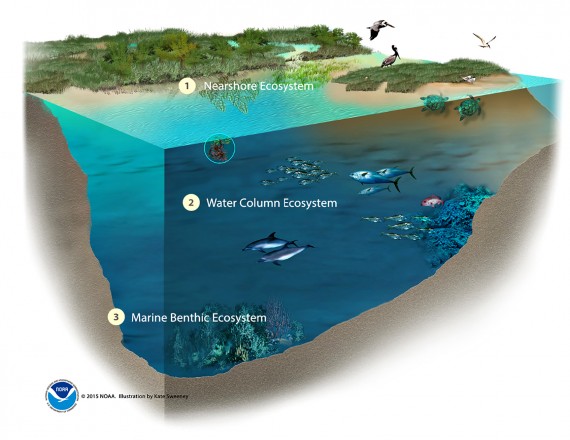RPI scientists, planners, and GIS analysts contributed key support to the development and preparation the Programmatic Environmental Impact Statement (PEIS) as part of the Programmatic Damage Assessment and Restoration Plan (PDARP), which frames all future restoration focusing on the Gulf of Mexico in response to the Deepwater Horizon oil spill. Under this National Oceanic and Atmospheric Administration contract (RPI was a subcontractor to Industrial Economics, Inc.), our scientists had lead roles in development of the Environmental Consequences Chapter of the PDARP/PEIS.

Our scientists identified and evaluated potential impacts of proposed restoration efforts on natural resources in the Gulf of Mexico resulting from the DWH spill, including: coastal and estuarine systems, wetlands, beaches and barrier islands, oysters, fisheries, nesting shorebirds, sea turtles, and marine mammals. RPI scientists, in connection with the PEIS, also provided lead scientific support to development of two subsequent programmatic Endangered Species Act compliance documents (biological assessment and biological opinion) for 117 listed species in response to the PDARP. These documents will serve to support the Service as it addresses the impacts of future restoration activities planned in response to the Deepwater Horizon oil spill. Both documents were successfully completed within an expedited timeframe.
The ROD for the PEIS (March 2016) can be found at http://www.gulfspillrestoration.noaa.gov/restoration–planning/gulf–plan.
The USFWS biological and conference opinion (BO/CO) was also signed in March 2016.
